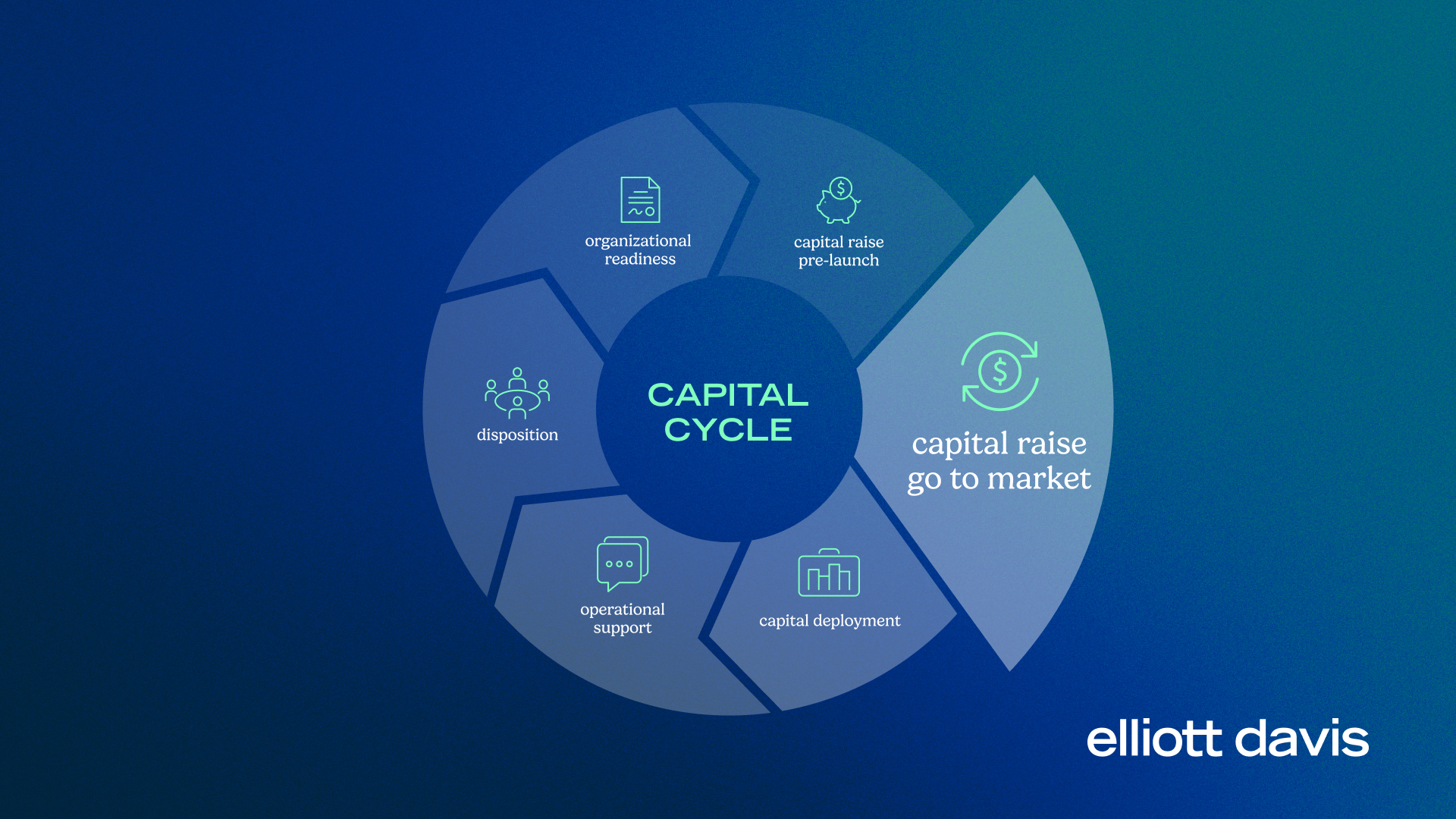search for solutions by category, industries, insights, and people.

Accounting Today
Accounting Today
Southeast’s fastest growing hubs as well as Bengaluru, India


In today's Tax Thursday in Three, Bergin Fisniku gives an update on the federal government shutdown and what taxpayers can expect with delays in processing returns.
In spite of the shutdown, the IRS is moving forward with implementing the provisions of the One Big Beautiful Bill Act (OBBBA), bringing significant opportunities for tax planning. Bergin discusses the key changes to review, including 100% bonus depreciation, changes to interest deductibility under Section 163J, and immediate expensing for domestic R&D. Each of these provisions can offer different benefits for taxpayers depending on individual circumstances. Now is the time to consult with your advisor to optimize your strategy in light of these updates.
Watch the full video below.
The information provided in this communication is of a general nature and should not be considered professional advice. You should not act upon the information provided without obtaining specific professional advice. The information above is subject to change.



For middle-market real estate firms, the decision to raise private capital is a strategic move that influences go-to-market execution, asset selection, and exit planning.
The ability to raise capital is one of the most important skills in real estate. Without it, firms are limited to their own resources and constrained in their growth. For those new to capital raising, the process can feel overwhelming: Where do I start? Who do I ask? What’s involved?
Private capital offers a compelling alternative to institutional funding, providing agility, control, and faster access to capital. High-net-worth individuals, family offices, as well as friends and family investors typically require less frequent reporting and offer more flexible terms.
So, how do you know if private capital is a good fit for your capital stack?
The type of capital you raise should reflect the nature of your assets and your intended exit plan. For example:
Newer developers often begin with high-net-worth capital by necessity. Institutional partnerships typically come later, once a firm has built a track record and scaled its deal size. At that point, firms can choose to continue with private capital or transition to institutional relationships.
For more information on considering institutional capital, see our related article.
High-net-worth investors typically prioritize annual distributions and tax outcomes over complex financial structures. While the volume of investors required to complete the capital stack may create additional complexity, they are generally more comfortable with less restrictive operating agreements, simplified profit and loss allocations, and may not require GAAP reporting or formal governance frameworks.
Once trust is established, decision-making tends to be faster, and these investors are often willing to participate in smaller projects. Their return expectations and due diligence requirements are more relaxed compared to institutional investors. Their involvement allows for more flexibility in structuring deals, making them a valuable option for firms seeking agility and control in their capital strategy.
To successfully raise private capital, firms must be operationally ready. Readiness may include:
Private capital is often sourced through relationships. To build a strong pipeline, firms should actively cultivate:
According to JP Morgan’s 2024 Global Family Office Report, nearly 80% of family offices now engage external investment advisors, and their portfolios allocate an average of 45% to alternative assets like real estate, targeting returns around 11%. Despite this professionalization, family involvement remains central, with 90% of offices involving relatives in investment decisions, and more than half of U.S.-based family offices led by the founding principal.
Family offices are deeply invested in real estate and value long-term partnerships. Their priorities often center on governance, generational wealth preservation, and strategic alignment with their investment partners.
Great capital raisers know how to clearly explain their business and how it helps others build wealth. Investors want realistic projections, transparent communication, and confidence in your team’s ability to execute. Be prepared to clearly explain your track record across market cycles, the property's market conditions and risks, your expected returns, and the steps you've taken to verify title, environmental, and legal details.
Even if your contacts aren’t ready to invest, they may know someone who is. Once you’ve raised capital from your network, you can leverage their credibility to expand your reach and pursue larger deals.
At Elliott Davis, we work with real estate firms entering into private capital partnerships. Our team is here to support you at every stage of the real estate capital lifecycle. We help firms build the infrastructure needed to raise and manage private capital effectively by:
Contact us today to get started.
The information provided in this communication is of a general nature and should not be considered professional advice. You should not act upon the information provided without obtaining specific professional advice. The information above is subject to change.


California has finalized amendments to its market-based sourcing regulations, and the implications for private equity fund managers are significant. Effective January 1, 2026, asset management fees must be sourced based on the domicile of the beneficial owner. This change demands immediate attention from CFOs and tax strategists across the asset management industry.
The final amendments clarify and standardize the sourcing of asset management fees. Prior to these changes, California’s sourcing rules for this industry were ambiguous. As a result, asset management companies would often source fees to the location of the fund or the manager, which helped minimize exposure to California’s tax obligations.
Under the new rules, California mandates a look-through approach:
California’s revised sourcing regulation essentially redefines the concept of the “customer” in asset management services. Historically, when sourcing management fees at the management company level, the fund was treated as the customer and management companies would often source revenue based on the fund’s location. Under the new rule, however, asset managers must look through the fund to the beneficial owners (i.e., the investors), who are now considered the true customers for sourcing purposes.
This change affects:
Asset Management Company, domiciled in North Carolina, oversees an equity fund with $100 million in assets. If $20 million of the fund’s assets are held by California-domiciled investors, then 20% of the management fees received by Asset Management Company must be sourced to California. If this amount exceeds California’s nexus threshold for the tax filing year, the company is required to file California state income tax returns, even if it has no office or personnel in the state.
The 2026 tax year may feel distant, but the planning window is already open. Fund managers who act early and coordinate with experienced tax advisors and compliance teams will be best positioned to navigate California’s revised sourcing rules.
Here’s how we can support you:
Don’t wait to start preparing. Let’s make sure your fund is ready, resilient, and fully compliant when the new rules take effect.
Contact us today to start the conversation.
The information provided in this communication is of a general nature and should not be considered professional advice. You should not act upon the information provided without obtaining specific professional advice. The information above is subject to change.